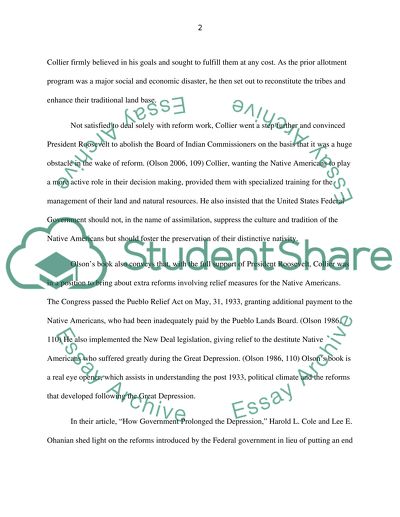Cite this document
(“Changes in American Government of the 20th Century Literature review”, n.d.)
Changes in American Government of the 20th Century Literature review. Retrieved from https://studentshare.org/politics/1409929-essay-review
Changes in American Government of the 20th Century Literature review. Retrieved from https://studentshare.org/politics/1409929-essay-review
(Changes in American Government of the 20th Century Literature Review)
Changes in American Government of the 20th Century Literature Review. https://studentshare.org/politics/1409929-essay-review.
Changes in American Government of the 20th Century Literature Review. https://studentshare.org/politics/1409929-essay-review.
“Changes in American Government of the 20th Century Literature Review”, n.d. https://studentshare.org/politics/1409929-essay-review.


